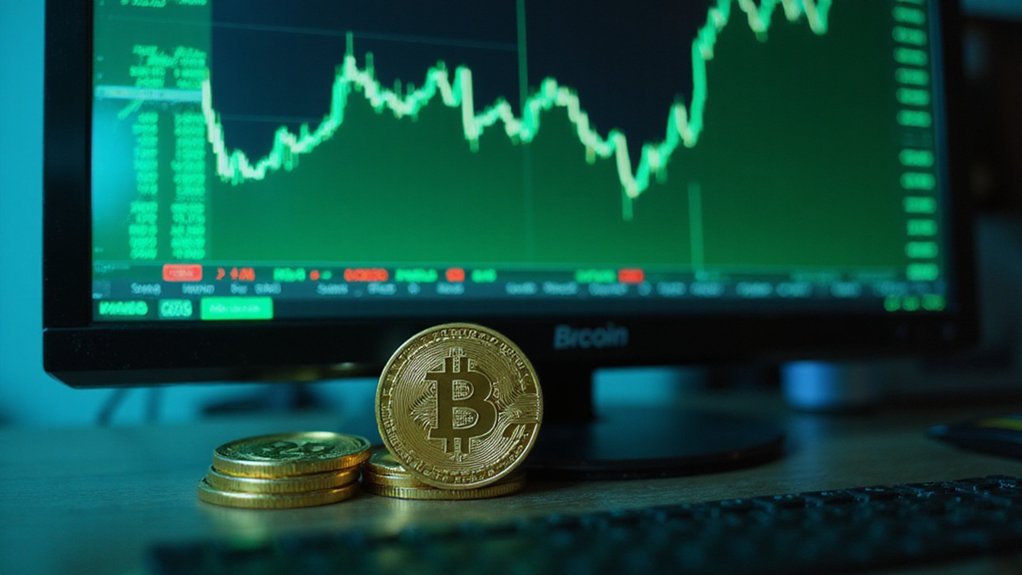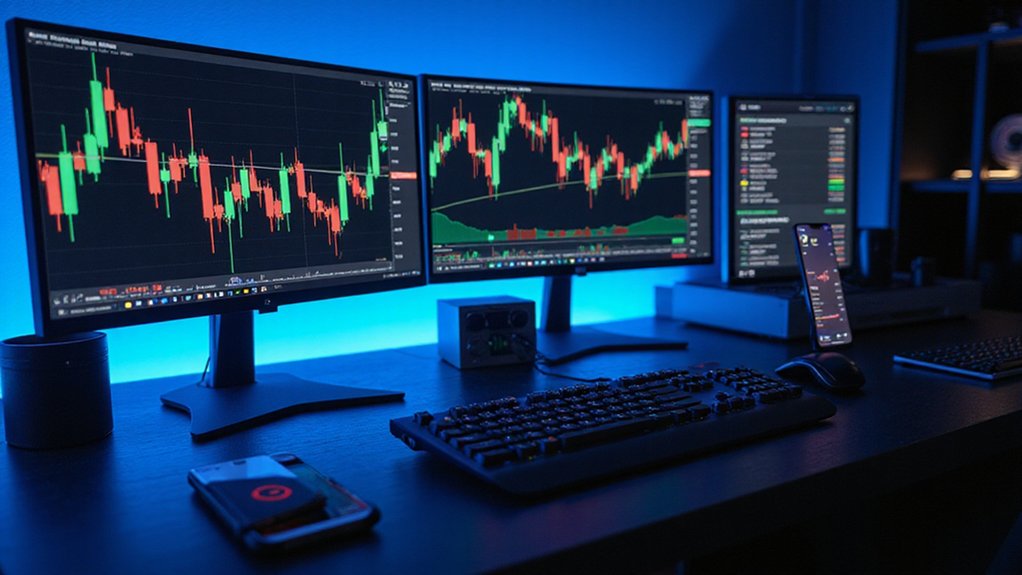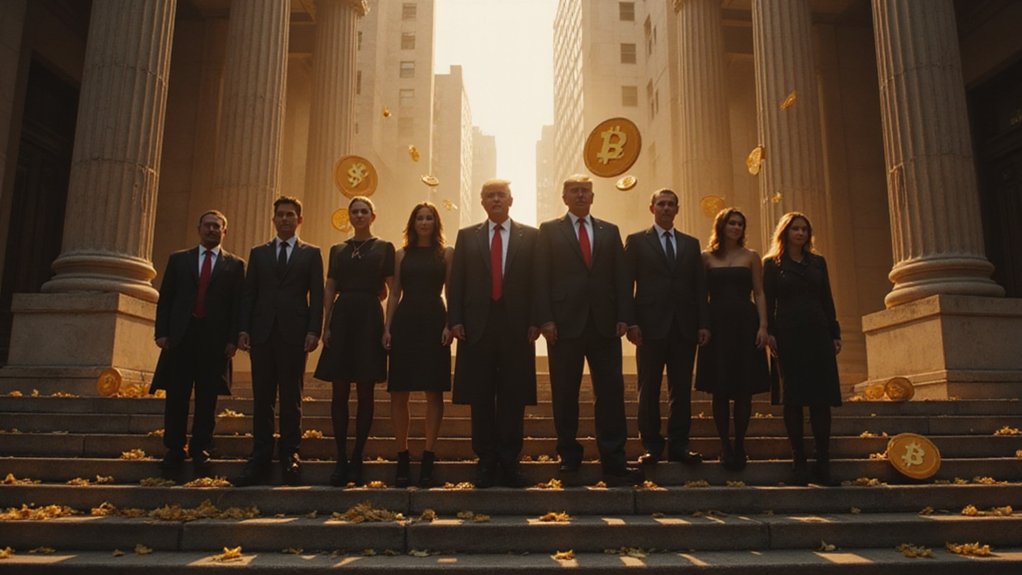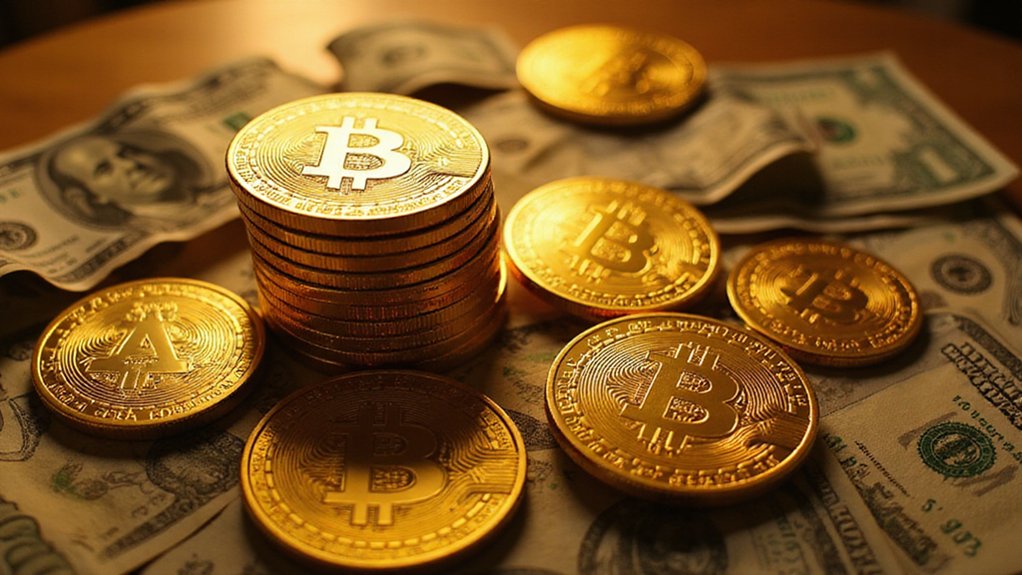DigiFinex, established in 2017 and headquartered in Singapore, has rapidly evolved into a formidable cryptocurrency trading platform serving over 6 million users across 150+ countries. The exchange offers extensive services including spot trading with 700+ cryptocurrencies, margin capabilities, derivatives, and advanced financial instruments like ETFs and staking. With robust security features, competitive fees, and daily trading volumes exceeding $1.3 billion, DigiFinex stands among the upper echelon of exchanges by liquidity metrics. The following exploration illuminates its complete ecosystem.
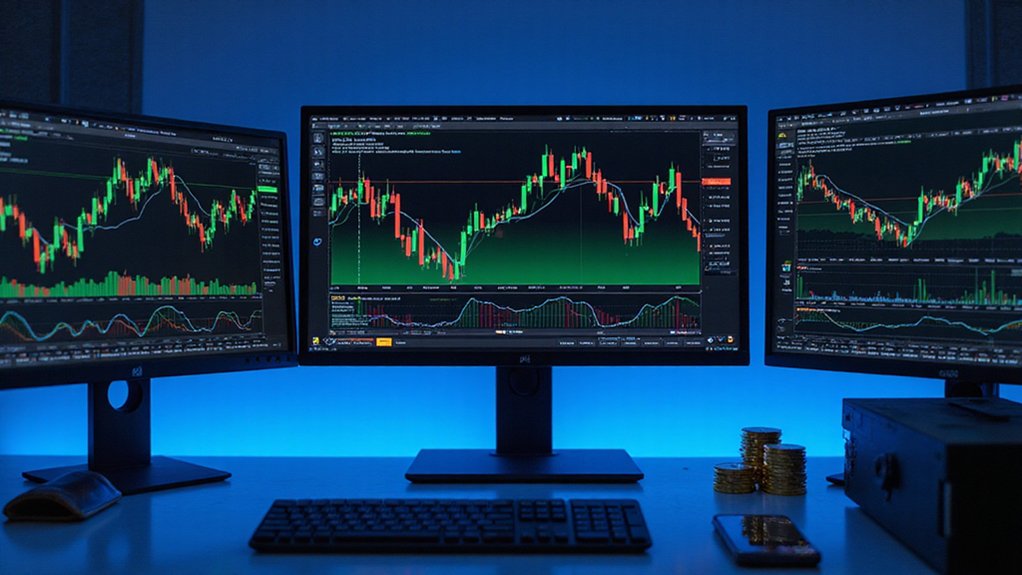
The cryptocurrency exchange landscape has evolved dramatically since the early days of Bitcoin, and DigiFinex has established itself as a formidable player in this increasingly competitive space.
Founded in 2017 with headquarters in Singapore, the exchange has expanded its operational footprint across multiple jurisdictions—including the US, Hong Kong, Taiwan, Australia, and Malaysia—while amassing an impressive user base exceeding 6 million traders from over 150 countries.
DigiFinex’s product suite encompasses an extensive array of services beyond mere spot trading (though with 700+ cryptocurrencies available, “mere” seems rather an understatement).
The platform offers margin capabilities, derivatives markets, ETFs, staking opportunities, and OTC services—a veritable smorgasbord of financial instruments that would make traditional brokerages glance nervously over their shoulders.
The exchange has further distinguished itself through its wealth management products, which feature competitive returns that have garnered substantial user engagement.
Security considerations—the perennial concern in an industry where spectacular hacks have become almost ritualistic—appear well-addressed through DigiFinex’s multi-layered architecture comprising SSL encryption, robust firewalls, and multi-factor authentication protocols.
The exchange has maintained a relatively unblemished security record since inception—no small feat in the cryptocurrency arena, where exchange vulnerabilities are probed with relentless determination.
With 24-hour trading volumes exceeding $1.3 billion, DigiFinex ranks among the upper echelon of exchanges by liquidity metrics, though skeptics occasionally question the veracity of these figures (volume inflation being something of an open secret in exchange circles).
The platform’s fee structure remains competitively positioned, offering traders favorable rates compared to industry behemoths.
Mobile accessibility via Android and iOS applications, coupled with multiple payment channels including traditional banking rails and credit card processors, guarantees friction-minimized onboarding.
DigiFinex’s early adoption of regulated stablecoins over Tether demonstrates an astute understanding of the regulatory headwinds facing the industry—suggesting an exchange mindful not only of present operations but future sustainability in an increasingly scrutinized marketplace.
Similar to CoinEx, DigiFinex offers futures trading options that allow investors to leverage their positions and potentially maximize their returns in volatile market conditions.
Frequently Asked Questions
How Does Digifinex Handle Security Breaches?
DigiFinex manages security breaches through a multi-pronged approach: real-time monitoring systems detect anomalies, followed by swift containment protocols to limit damage.
The exchange promptly notifies affected users (transparency being paramount in an industry where trust remains a finite resource) and cooperates with authorities in pursuit of perpetrators.
Recovery efforts include attempts to reclaim stolen assets, while their designation of any crypto loss as a “material breach” underscores their zero-tolerance stance on security compromises.
What Are Digifinex’s Withdrawal Processing Times?
DigiFinex processes withdrawals automatically after blockchain confirmation, typically within 10 minutes under ideal conditions.
However, actual processing times vary considerably based on network traffic, the cryptocurrency being withdrawn, and current blockchain congestion.
While the platform maintains consistent withdrawal protocols, users should anticipate potential delays during high-volume periods.
Different tokens may require different confirmation times—a reality that affects all exchanges, though DigiFinex’s systems attempt to mitigate these blockchain-inherent limitations.
Does Digifinex Offer Staking Rewards?
Yes, DigiFinex does offer staking rewards as part of its service portfolio.
Users can earn passive income by staking their idle cryptocurrency assets on the platform. The rewards are typically distributed periodically based on stake amount and duration.
DigiFinex’s staking options vary by cryptocurrency, with fluctuating reward rates reflecting market conditions.
Unlike the exchange’s trading-based reward campaigns (which offer one-time prizes from fixed pools), staking provides ongoing returns for those preferring less active investment strategies.
How Does Digifinex Verify Identity for KYC?
DigiFinex’s KYC process involves a multi-tiered verification system where users must submit government-issued identification (passport or national ID card with signature) and complete a liveness check via selfie.
The platform verifies users’ identity documents against their facial biometrics, requires proof of residence documentation not older than three months, and mandates 2FA setup for enhanced security post-verification.
Remarkably, the platform claims real-name verification can be completed within a minute after submission—a rather ambitious timeframe, one might observe.
Can I Access Digifinex in Countries With Crypto Restrictions?
Accessing DigiFinex from restricted countries requires considerable circumspection. While technically possible via VPNs with robust security features (AES-256 encryption, kill-switches, and obfuscation tools), users navigate precarious regulatory waters.
DigiFinex explicitly prohibits access from China, North Korea, Iran, Japan, Korea, parts of Canada, Cuba, Syria, and US-sanctioned territories.
The platform’s compliance measures continue to evolve—particularly in the UK, where recent Financial Promotion Rules have curtailed certain services.
Legal ramifications, naturally, remain the user’s responsibility.




